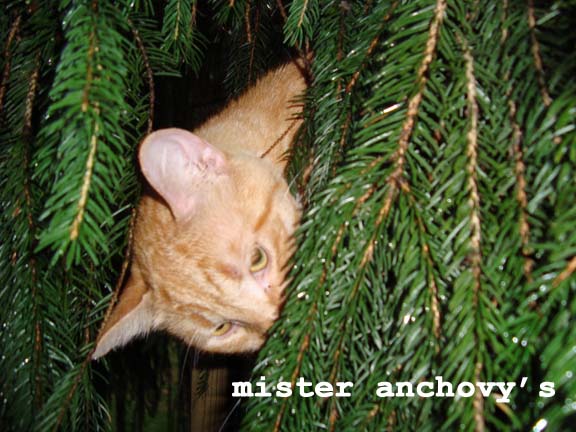Lobsters
Yesterday I found my first Lobster mushrooms in the woods. These are not your ordinary mushroom, in that there is a parasitic process involved to make them. Mushrooms, usually white Russula's, are attacked by a particular mold. This turns them bright orange or red-orange, and to some degree contorts the shape of the mushroom. The surface becomes hard but the flesh is white. You wouldn't want to eat the original Russula, but transformed by the mold, the Lobster is a choice edible.
You can see the lobsters I picked in the dinner selection photo in the post below. There are also some Boletes in that photo as well as Hedgehogs (Sweet tooths) and Chanterelles.
In the woods, they appear as little bits of red-orange sticking out from under the leaves and other stuff on the forest floor. They're easy to miss unless you're looking for those bits of colour, especially because there are yellow and orange and brown leaves all over the forest floor for most of the summer. When you find one, you get somewhat ugly, pimply, gnarly mushroom. It hardly looks as if it would be delicious.
To clean up a lobster, first wash all the dirt off the surface under a tap. Then slice off anything on the surface that doesn't look palatable, and slice the Lobster into slivers. Because they're gnarly, sometimes you need to trim off bits from your slivers.
Last night we sauteed some up with onions and a bit of garlic, boiled up some perogi, then sauteed the perogi in the mushroom and onion mixture. They were very tasty.
I also picked and at my first boletes yesterday. I picked two edible kinds, but I only ate one variety. In the morning, I found some ash boletes. These are edible boletes and my brother has eaten them and enjoyed them. Many others have said these mushrooms don't taste very good at all. Maybe it depends on the conditions. It could be that the ones I found were too mature, but I didn't find them appetizing. These mushrooms seemed too spongy and soggy for my liking. I had planned to cook them separately just to try, but I was busy cooking a number of things for dinner last night and decided to forgo the ash boletes this time. The other boletes I picked, and I just found two of these, were tan with tan stalks.
There are some general rules for determining edibility of boletes. These rules may exclude some good safe mushrooms, but they are a good guidline. If the pores are orange or red, don't eat them. If they stain blue when you cut or bruise them, don't eat them (it may be better to say, if they stain blue, be careful and do more tests to figure out what you have). If they pass those tests, taste but don't eat a little bit of one. If it is bitter, don't eat it. If it passes these tests, it should be good for the pan. The exception may be the orange-capped Leccinum species. My brother has pointed me to articles suggesting that these may be poisonous, at least to some people.

3 comments:
It evidently takes a leap of faith (and pretty good eyesight) to pursue this hobby.
Fascinating stuff. Sorry I'm so awol...had a crazy couple of weeks. Love the mushroom photos. I also think you are so amazing and such a great example of the philosophy of "lifelong learning" in practice. The 80's was Go, the 90's flyfishing, the Zeros accordion, now maybe next decade...hunters and gatherers via mushroom picking?
:)
Hugs...on the run!
Hey look....
Wikipedia has a page on LLL
http://en.wikipedia.org/wiki/Lifelong_learning
Post a Comment